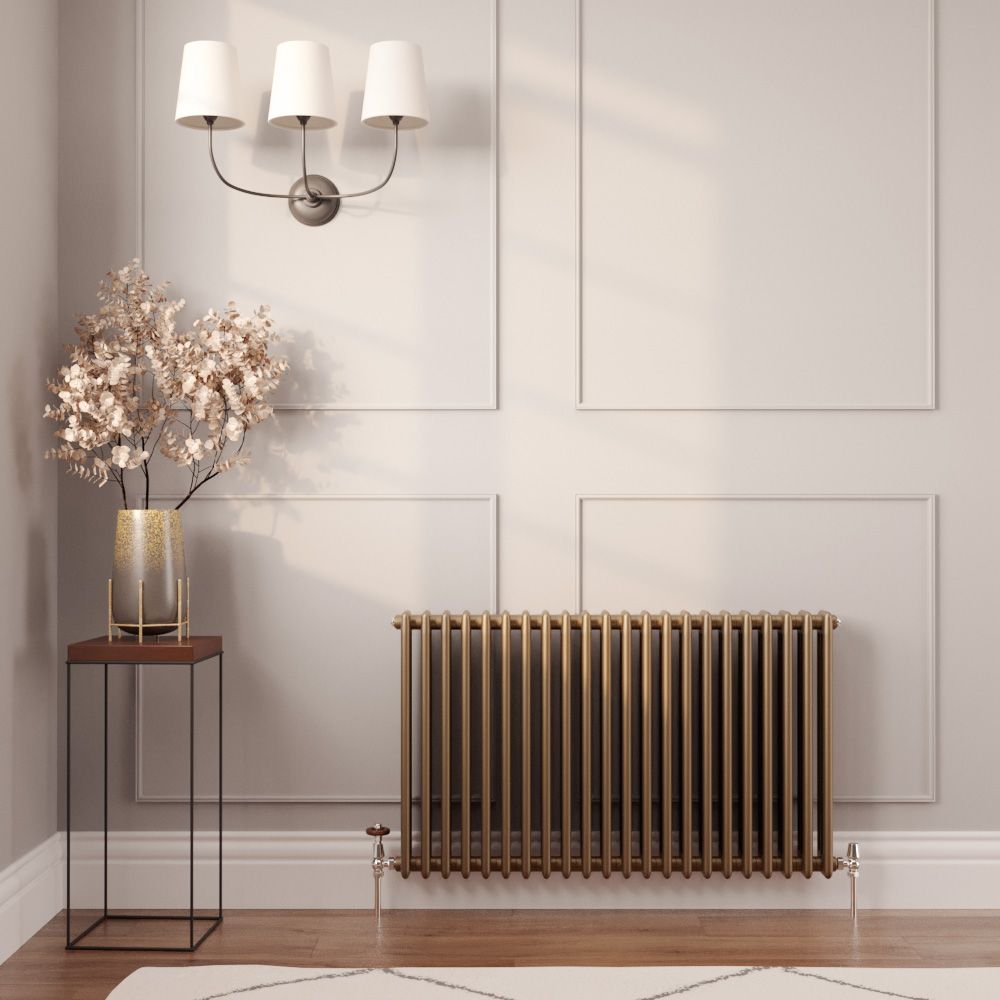- Joined
- 17 Feb 2019
- Messages
- 280
- Reaction score
- 19
- Country

New rads are based on 50 deg.
as a 60deg rad, it will emit 26% more heat. or a factor of 1.26, (60/50)^1.3
A 30deg rad will emit 51.5% of a 50deg rad, a factor of 0.515, (30/50)^1.3, you would need to oversize it by a factor of 1.94, (1/0.515) to emit the same as a 50deg rad.
Thanks, when you say 'new' how new do you mean? Could it be the ones from 2008 in this property were also 50 deg? And how do I know the new ones I want to buy are rated this way?

Milano Windsor - Horizontal Traditional Column Radiator - Triple Column - Choice of Metallic Colours and Sizes
Create a look that stands out from the crowd with the Milano Windsor horizontal triple column radiator. Sure to create a bold yet sophisticated look, this radiator features a classic column design and a resilient metallic finish that will look like new for many years.The Windsor column radiator...
